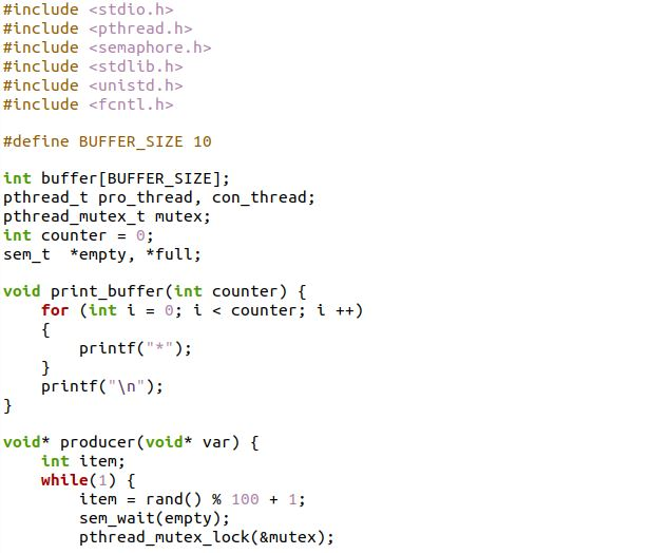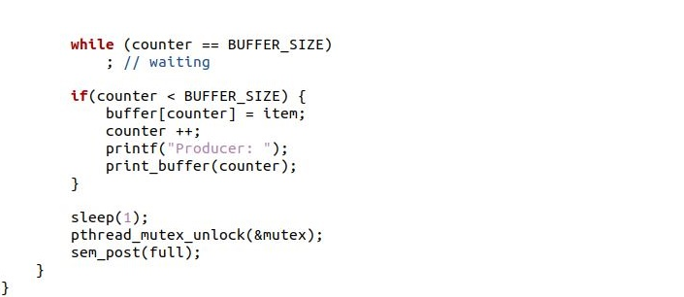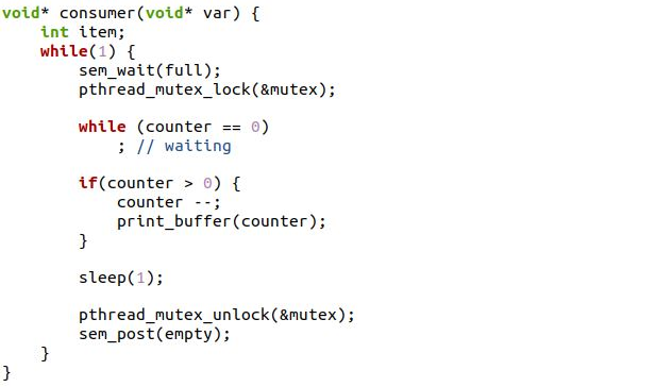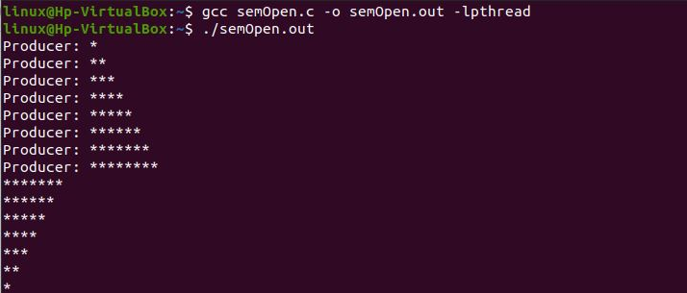Syntax of the Sem_Open 3 C Function
Description of the Sem_Open() Function
A link is made between a defined semaphore and a framework by using the sem_open() method. The location is obtained by the use of the sem_open() function along with the semaphore term which enables the system to refer to the semaphore corresponding with the specified label. Until the semaphore is successfully terminated by a sem close() function or any other methods of the exec, it can still be used by the function. The operation to sem_open() function determines if the semaphore is generated or only accessible, depending on the oflag parameter. The flag elements listed in the following can be configured in the oflag parameter:
O_CREAT Flag:
If a semaphore wouldn’t present yet, it is established by using this flag. O_CREAT has no impact if the semaphore is present and specified, except for what is mentioned in the O_EXCL. A labeled semaphore is formed instead if we use the sem_open() function. The 3rd and 4th parameters for the O_CREAT attribute are modes of format mode t, its content, and of data type unsigned integer.
An approximate value of the data is used to construct the semaphore. Semaphores must have the beginning values that are greater than or equivalent to the SEM VALUE MAX. The efficient user ID of the program is assigned as the semaphore’s unique Id. Either the computer standard ID or the framework’s efficient group ID is provided as the semaphore’s group ID.
Apart from those configured in the system’s file format initialization mask, the authorization bytes of the semaphore are all assigned to the value of the argument mode. The impact is ambiguous whenever the elements in a mode instead of the file access flags are provided. Other methodologies may link to the semaphore by invoking the sem_open() function having a similar value of the title. Afterward, the semaphore termed name is formed by the sem_open() function including the O_CREAT flag.
O_EXCL Flag:
If the semaphore title already exists, sem_open() refuses if the O_EXCL and O_CREAT are specified. In terms of other methods invoking the sem_open() function with both O_EXCL and O_CREAT defined, the verification to see whether the semaphore already occurs and the formation of the semaphore when it is not present or both are asynchronous.
The outcome is undefinable when O_EXCL and O_CREAT are specified. The impact is undefined if the oflag variable contains flags apart from O_CREAT and O_EXCL. A string specifying a semaphore item is the source of the name parameter. If the value resides in the system files and is accessible to the methods that use the pathnames as parameters are not provided, the name parameter meets the requirements for a pathname’s formation. The initial element in the name is a slash (/), and no other elements in the name may contain slashes.
The very same semaphore location is provided for every consecutive access to the sem_open() function that a method makes having the similar name value, provided that no arguments to sem_unlink() function were made for such semaphore. Links to the semaphore duplicates generate inconsistent results. Unidentified semaphores are employed with the sem_init() method.
Return Value
The function returns the location of the semaphore after a successful execution. If not, this should be assigned errno to identify the error and generate the results of the SEM FAILED. The header contains a description for the term SEM FAILED. If the sem_open() fails, it always provide the value in the form of the SEM FAILED.
Example of Sem_Open 3 C Function in Ubuntu
Let’s see how the sem_open() function works in Ubuntu. At the start of the program, different libraries are imported. These modules are responsible to operate the different functions. Then, we define the size of the buffer and set it to 10. We initialize a variable buffer and declare the different other variables. In the next step, we initialize the counter variable along with these two specified constructors. We apply the for loop and define the condition. We also utilize the while loop.
We check if the value of the counter variable is equal to the size of the buffer by using a while loop. But if the value of the counter is less than the size of the buffer, there will be an increment in the value of the counter. Furthermore, we use the sleep() function to hold the output for a while.
We utilize the void constructor of the consumer. Within this, we apply the constructor of the “var” variable. We initialize the “item” variable. Then, we utilize a while loop. After this, we use the if statement to confirm whether the value of the counter is greater than 0 or not. If the value of the counter variable is greater than 0, there is a decrement in the value of the counter.
In this phase of the code, we declare the various variables. Now, we declare a constructor. We call the sem_open() method. It contains four different parameters. To terminate the program, we apply the pthread_exit() function.
We get this following sort of output after running the overhead code:
Conclusion
In this editorial, we talked about the use of the sem_open 3 C function in Ubuntu. First, we have seen the syntax of this function. Then, we described some features of this function. After all this, we executed a program in Ubuntu that has the sem_open() function.





